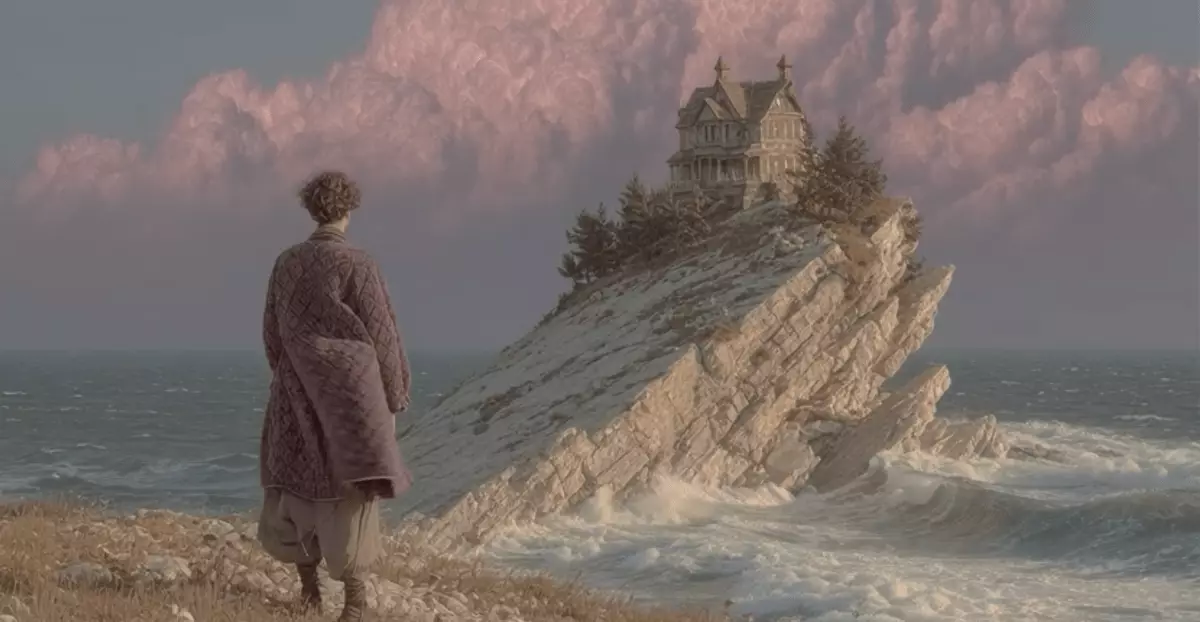The realm of digital media is undergoing a revolutionary transformation, propelled by advancements in artificial intelligence. Midjourney, a leading player in the AI space, has recently unveiled its innovative AI video generation model, allowing users to animate images in a manner previously unseen. This breakthrough not only expands the creative toolkit for artists and content creators but also hints at a future where the boundaries between imagination and reality become increasingly blurred.
Functionality Meets User Empowerment
At its core, Midjourney’s video generator empowers users to breathe life into their static images. After generating an image, users are offered an enticing “animate” button, which initiates the animation with a simple click. This ease of use caters to both seasoned creators and novices alike. While the default setting produces a generic motion, the inclusion of a “manual” button elevates the tool, enabling users to customize the animation according to their vision. This hands-on approach fosters a sense of creative agency, transforming the art of animation into an interactive experience.
Moreover, users can further enhance their animations by extending them up to 21 seconds, offering a generous canvas to play with storytelling and expression. High and low motion settings allow for customizable movement dynamics, giving users the flexibility to choose between a dynamic moving camera or a more static scene focusing solely on the subject. The thoughtful design of these features signals Midjourney’s commitment to not just providing a product, but cultivating a creative environment for its users.
The Business Model: A Double-Edged Sword
Though Midjourney’s video generation model is a significant innovation, its business model raises crucial questions about accessibility and equity in the digital marketplace. A subscription begins at $10 per month, equating to around 200 image generations but emphasizes a staggering 8x cost increase for video projects. This pricing model may limit accessibility for casual users and burgeoning artists who may find the costs prohibitive. On one hand, the pricing strategy reflects the sophisticated computational resources required for video generation; on the other, it risks alienating a segment of the creative population.
The divergence in pricing between images and video may invite discussions on the democratization of technology in creative fields. It nudges one to contemplate how many talented individuals might be sidelined simply due to financial barriers. Therefore, while the technology is empowering, its associated costs may warrant a reevaluation to foster inclusivity.
Legal Challenges: The Fine Line Between Inspiration and Infringement
Despite the promise that Midjourney’s technology holds, its trajectory is not without obstacles. The company is currently embroiled in legal issues with giants like Disney and Universal. The lawsuit centers around claims of copyright infringement, stemming from the AI’s potential to generate work that closely resembles copyrighted material. This battle underscores a critical conversation in the digital age about AI’s role in artistry—is it a mere tool for inspiration, or does it tread too closely to plagiarism?
As the lawsuit unfolds, it casts a shadow over Midjourney’s innovations. While the company positions itself as a creative facilitator, the real-world implications of their technology reveal a dichotomy: the drive for innovation must balance against ethical and legal boundaries. This conflict raises essential questions about ownership and originality in a landscape dominated by machine learning algorithms.
The Path Forward
Looking ahead, Midjourney’s founder, David Holz, hints at a vision far grander than mere animated images. He describes the current model as a “stepping stone” toward real-time open-world simulations—a goal that indicates the company’s ambition to push the boundaries of what’s possible in digital interaction and storytelling. The implications of such advancements could redefine engagement in creative industries, enabling artists to interact with their work in unprecedented ways.
In this evolving landscape, where tools such as Midjourney’s video generator pave the way for new forms of expression, it is imperative for stakeholders—creators, consumers, and legal entities—to engage in dialogue about the responsibilities that come with innovation. As this technology matures, so too must the frameworks surrounding it, ensuring that creativity thrives while respecting the rights and contributions of all involved.

